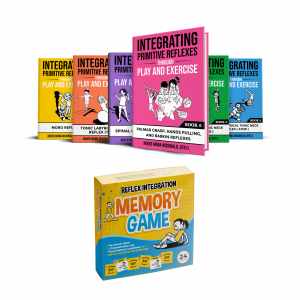Is your child constantly fidgeting, sensitive to touch, or struggling with bedwetting—and you’re not sure why?
The root cause might be neurological, NOT behavioral.
Specifically, it could be a retained Spinal Galant Reflex.
In other words, these might be signs of an unintegrated spinal galant reflex, a primary reflex pattern that plays a critical role in early development but can cause surprising challenges if it lingers beyond infancy.
In our latest episode, we explore Book Five of the Reflex Integration Through Play series, which focuses on this often-overlooked but highly impactful reflex. The spinal galant plays a key role in early movement patterns and nervous system development—and when it remains active past infancy, it can lead to a range of physical, sensory, and behavioral challenges.
What is the Spinal Galant Reflex?
This reflex is triggered by gentle stimulation of the lower back, leading to a side-bending response, leg movement, and sometimes head turning. It helps infants during the birthing process, but by 9–12 months, it should naturally fade as other neurological systems take over.
When it doesn’t, it can contribute to issues that many adults misinterpret—labeling kids as “wiggly,” “unfocused,” or “defiant,” when in fact, their nervous system is simply stuck in a primitive pattern.
How to Spot the Signs
An active spinal galant reflex can manifest as:
- Involuntary fidgeting while sitting
- Difficulty with posture or core stability
- Overreaction to touch, especially at the waist
- Nighttime bedwetting or bathroom accidents
- Constant shifting in chairs or while standing still
Kokeb shares how these behaviors are often misdiagnosed, and how understanding this reflex can lead to more effective support for the child.
From Awareness to Action
The episode offers:
- Simple, at-home assessments
- Practical movement activities to help integrate the reflex
- Tips for blending these exercises into play or therapy
- Real-world scenarios to help contextualize behaviors
And the best part? These strategies are play-based, making them accessible and non-invasive for children of all ages.
A Holistic View of Progress
Reflex integration isn’t a one-person job. Kokeb encourages collaboration across professionals—OTs, PTs, educators, and parents—to ensure the child receives the support they need from all angles. She highlights how addressing one reflex can often relieve multiple symptoms across sensory, emotional, and physical domains.
Key Takeaways From the Episode
🕐 00:00 – Introduction to Spinal Galant Reflex
🕐 00:30 – Understanding the Spinal Galant Reflex
🕐 00:59 – Triggers and Responses
🕐 02:51 – Symptoms and Behavioral Indicators
🕐 03:42 – Assessment and Treatment Strategies
🕐 06:58 – Holistic Approach and Additional Considerations
🕐 09:33 – Advanced Exercises and Recommendations
🕐 15:03 – Conclusion and Next Episode Preview
Your New Lens
By the end of the episode, you’ll walk away with a deeper understanding of how reflexes impact daily life—and how small, intentional shifts in movement and support can lead to big changes.
Because when we start looking at behavior through the lens of reflex integration, frustration turns into clarity. And from that clarity comes progress—real, joyful, meaningful progress.
🎧 Tune in now to hear Kokeb’s breakdown — and let’s reimagine what’s possible when movement meets intention in Reflex Integration Through Play.
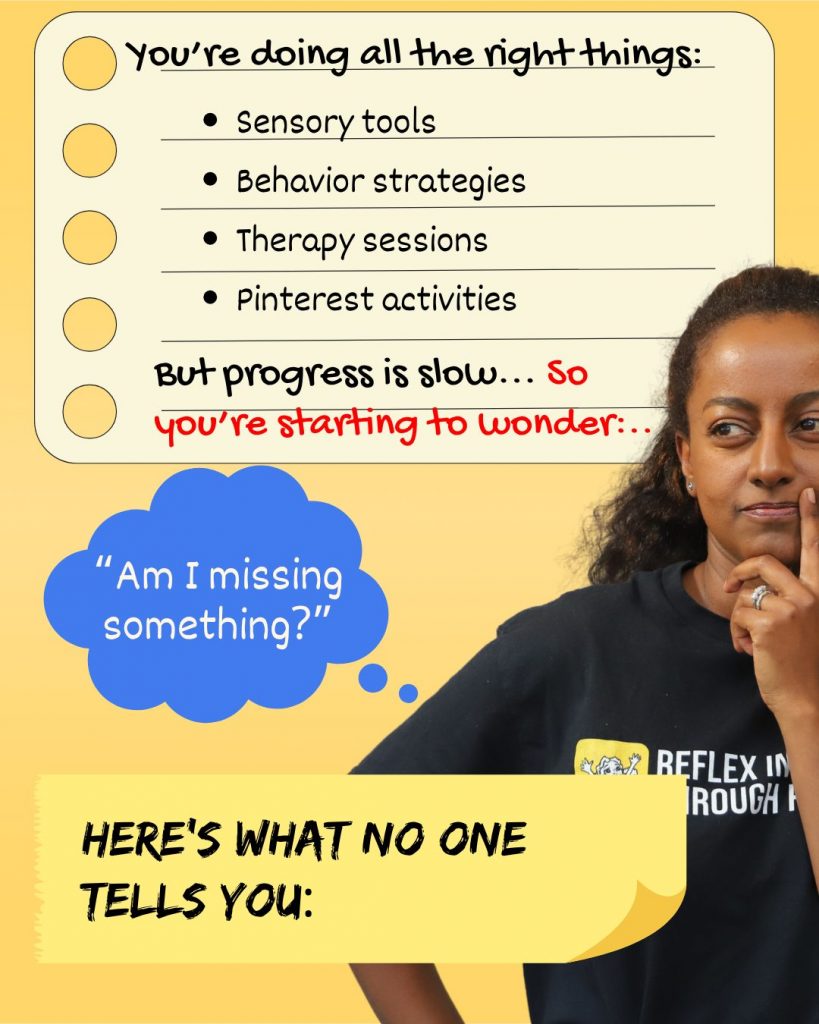
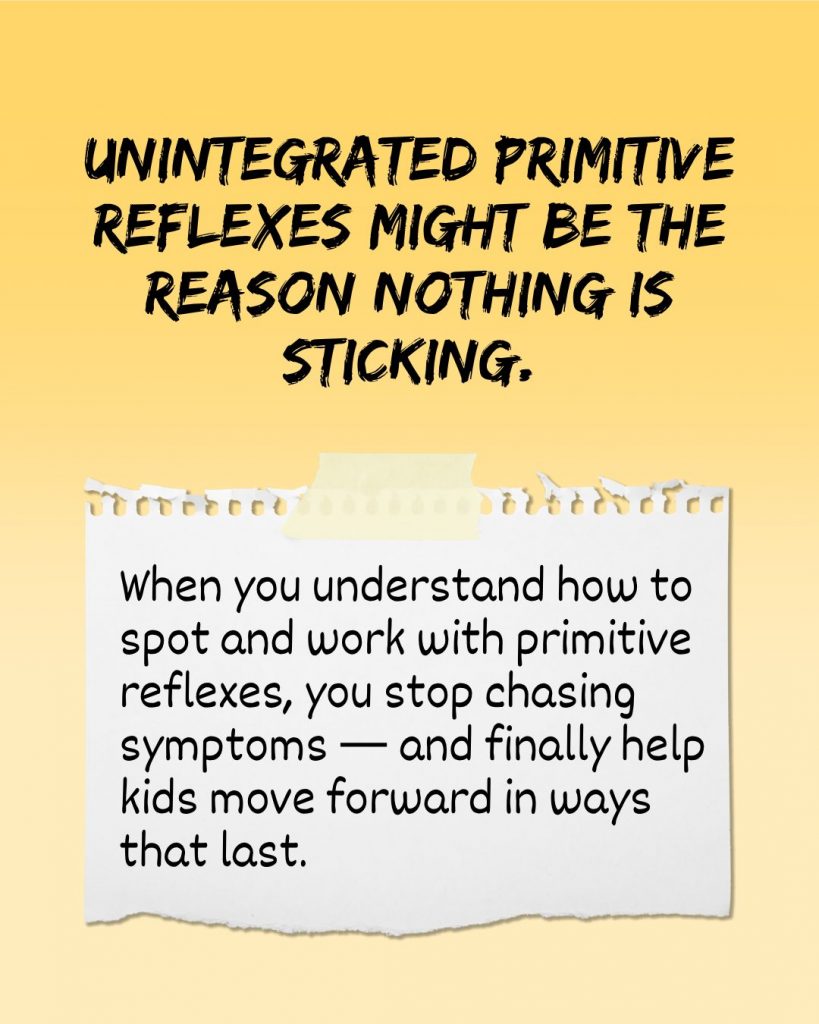
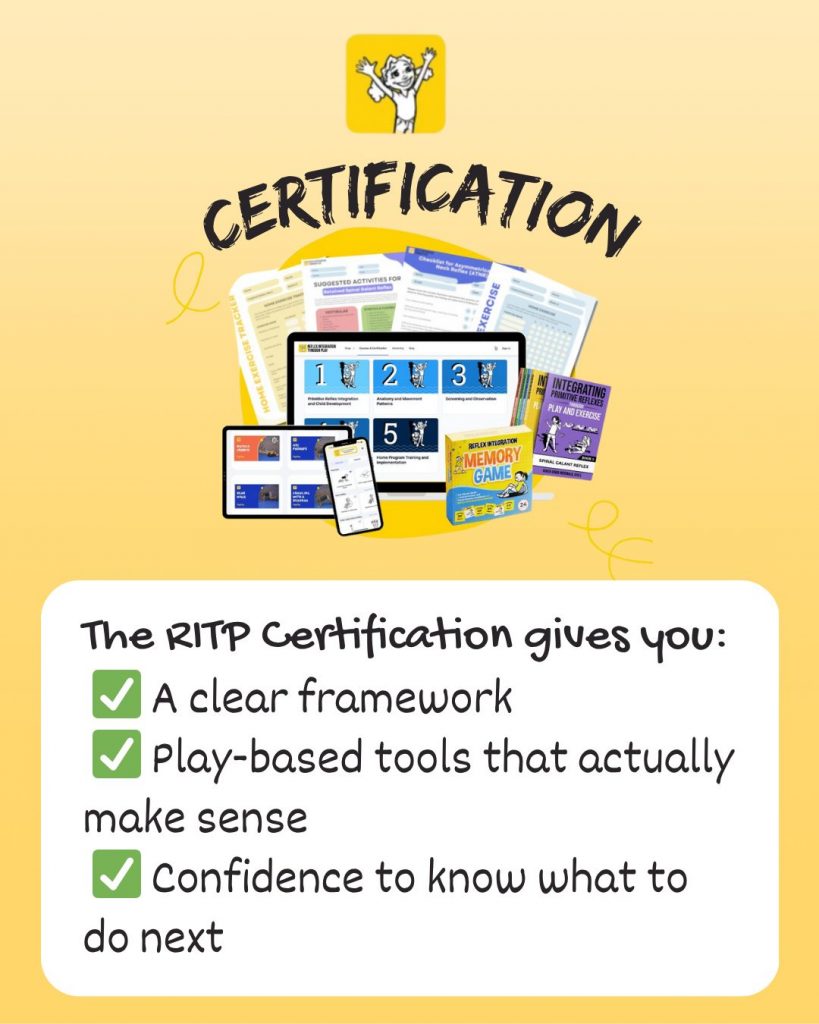
YOU DON’T NEED TO GUESS ANYMORE. YOU JUST NEED TO CONNECT THE DOTS. SIGN UP FOR OUR:
FREE Webinar: Introduction to Reflex Integration Through Play (RITP)
Recording Available Now for a Limited Time! Just sign up below to watch it.
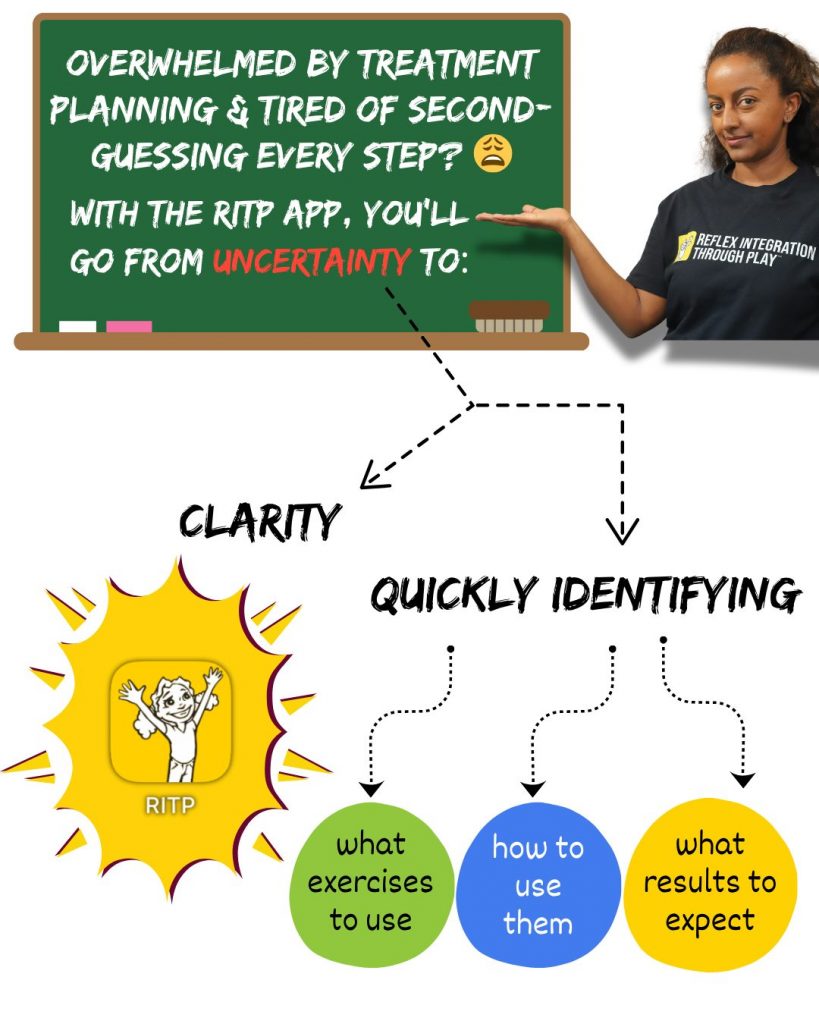
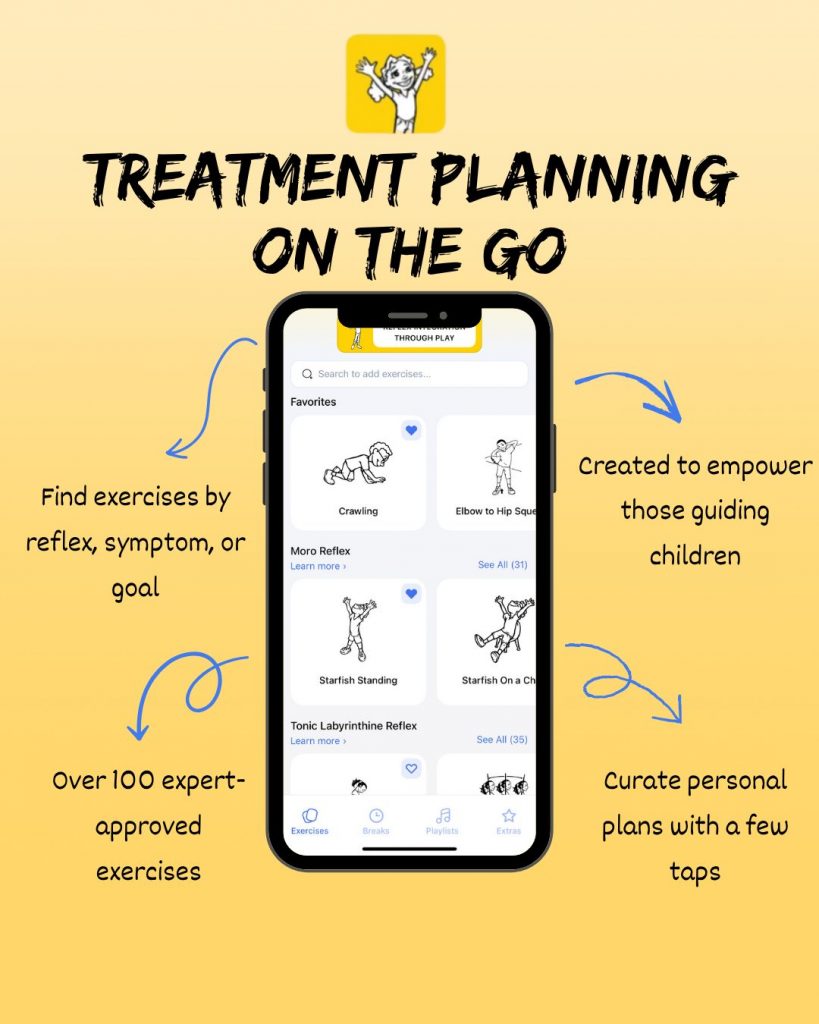


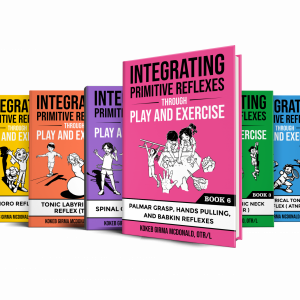 Six Book Bundle
Six Book Bundle 

